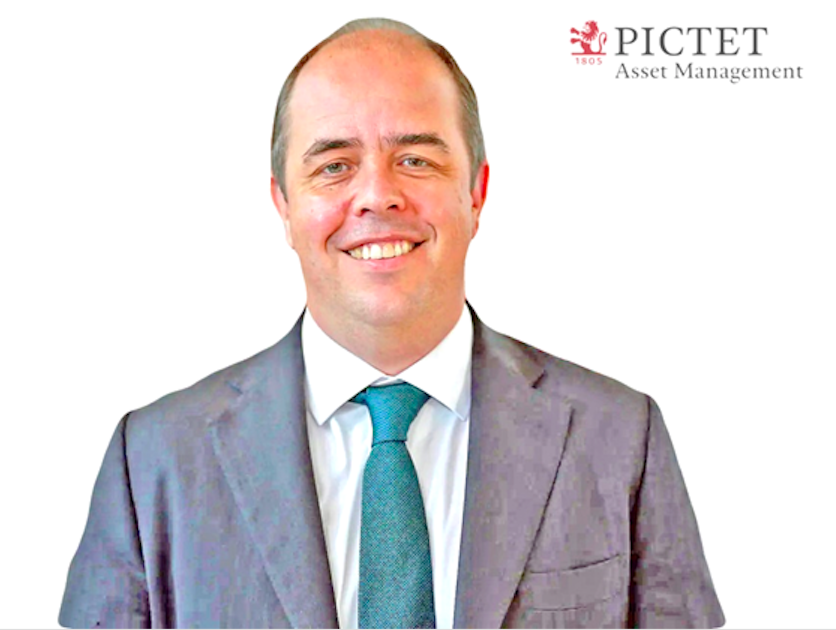Private credit was one of the most in-demand assets among private market investors in 2024. Not only did it gain popularity, but European market operations rebounded over the past twelve months, reinforcing its appeal. According to experts at Pictet AM, this trend is expected to continue in 2025.
“It is important to note that this is a growth asset class, starting from an approximate value of €400 billion, which is only a third of the size of this market in the U.S. It is also expanding into small and medium-sized enterprises, which are increasingly turning to direct loans, as traditional bank financing is difficult to obtain,” explain Andreas Klein, Head of Private Debt, and Conrad Manet, Client Portfolio Manager, both from Pictet AM, in their latest analysis.
They argue that smaller transactions, especially those aimed at growth or transformational capital—where direct loans are the primary alternative to banks—are largely shielded from competitive dynamics. This contrasts with the larger-volume end of the market, where renewed competition from syndicated and high-yield loans generates excess capital, lower interest rates, and weaker protective clauses.
“In fact, yield-to-maturity spreads in European direct loan operations have declined by nearly 1% since early 2023 in the core and upper-middle segments, falling below 6% for the first time. Some loans have even been issued at 4.5% and 5%, often without creditor covenants. This has coincided with historically high levels of investment capacity, to the point that private equity and private debt funds now hold a record $2 trillion available for investment. A weak mergers and acquisitions market has contributed to this, creating a scarcity of opportunities. As a result, loan transaction margins have shrunk, with a relaxation of protective clauses,” the experts highlight.
However, they clarify that the reduction in margins in the lower-middle market—defined as transactions with companies generating up to €15 million in operating profit—has been more modest, around 0.2%. This is because there are fewer private debt funds competing in this segment, and banks have a limited presence due to capital constraints, particularly regarding credit lines. “In this lower-middle segment, yield spreads remain stable, and risk parameters are more controlled, leading to an improved risk-adjusted return premium compared to the more traditional, higher-volume segment. Specifically, leverage is decreasing in the lower-middle market, with more transactions closing at less than four times debt/EBITDA. Additionally, strong protective clauses for investors prevail in this segment,” Pictet AM analysts emphasize.
Another factor investors value in direct loans is their relatively low default rate. According to the experts, default rates have risen to around 6% in syndicated loans but remain below 2% on average in direct loans. However, they caution that default rates could rise due to lingering inflationary pressures and a potentially slower pace of interest rate cuts by European central banks compared to previous cycles. This could create tensions, particularly in more cyclical and leveraged segments, such as high-yield and leveraged loans.
“However, in 2025, we expect the lower-middle segment of direct loans to benefit from improving economic conditions and a rebound in M&A activity. That said, Europe’s economic recovery may not be uniform, and volatility is possible. Therefore, we are focusing on less market-sensitive and less volatile sectors such as medical technology, software, and business services. These sectors provide diversification, more stable income, and better capital preservation. On the other hand, we are avoiding more cyclical segments within the industrial and consumer sectors. Additionally, while most of the market continues to issue loans with light protective clauses, we hold single-lender positions, allowing us to structure customized agreements that better protect capital,” add the experts at Pictet AM.
They acknowledge that smaller companies can be riskier but emphasize their focus on businesses operating in and dominating niche markets with high entry barriers and limited competition. “Often, these companies exhibit the defensive qualities of major industry leaders—sometimes even better. Moreover, private equity funds tend to overweight loans to private equity-owned businesses, where transaction volume is higher, though potentially offering less value. However, maintaining a significant proportion of loans to company founders can be a strength if the right network is in place. That’s why our portfolio balances loans to private equity-owned companies with direct loans to founders, providing an additional layer of diversification,” they note.
Overall, Pictet AM expects that in 2025, the lower-middle segment of direct loans will remain a superior and more stable source of income and capital preservation. It can complement more traditional allocations to the upper-middle segment, special situation debt, and private equity debt. “It can serve as a strategic component in any private credit portfolio, both for investors taking their first steps into this asset class and for more sophisticated investors looking to diversify their portfolios,” the experts conclude.




